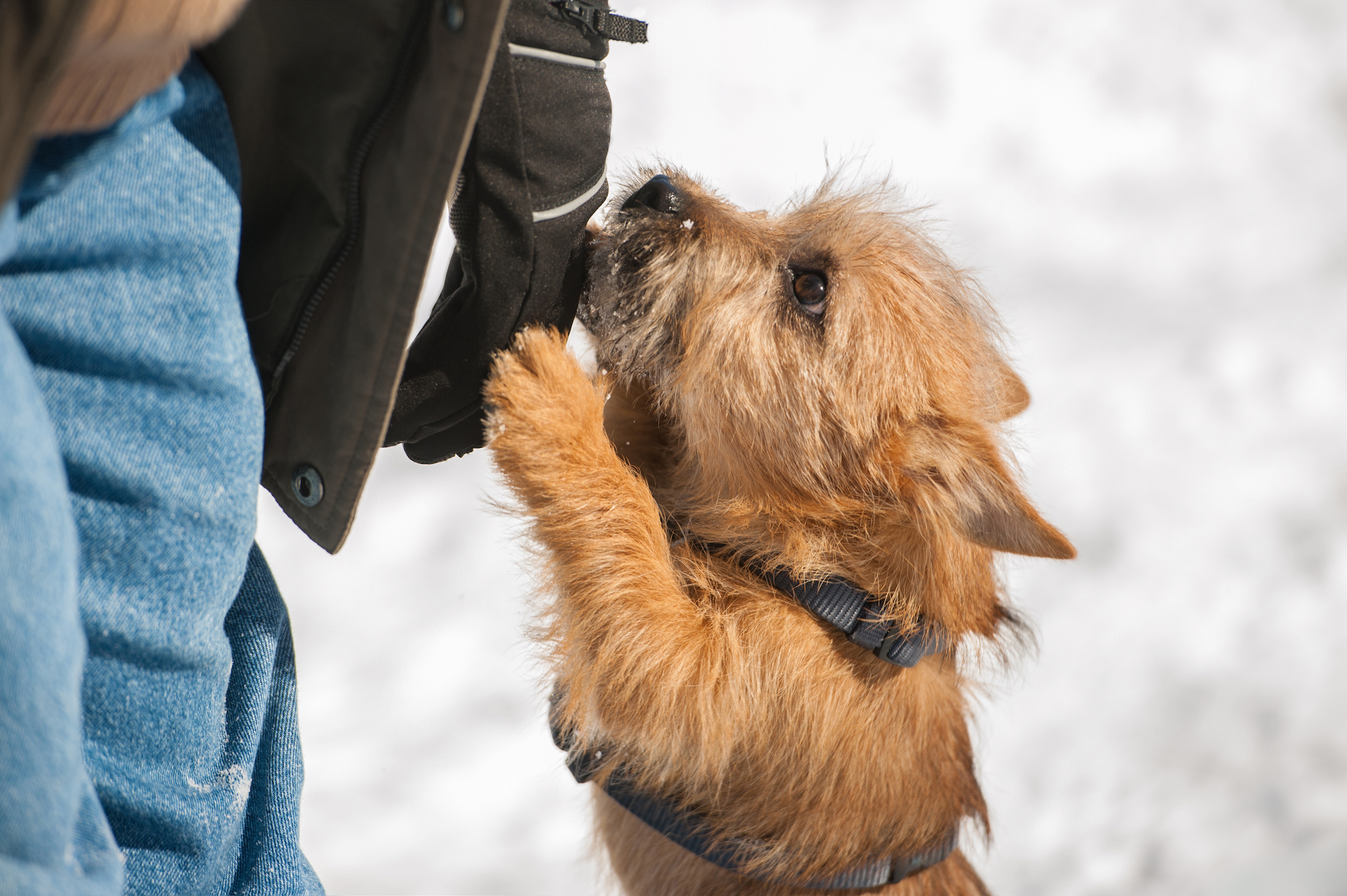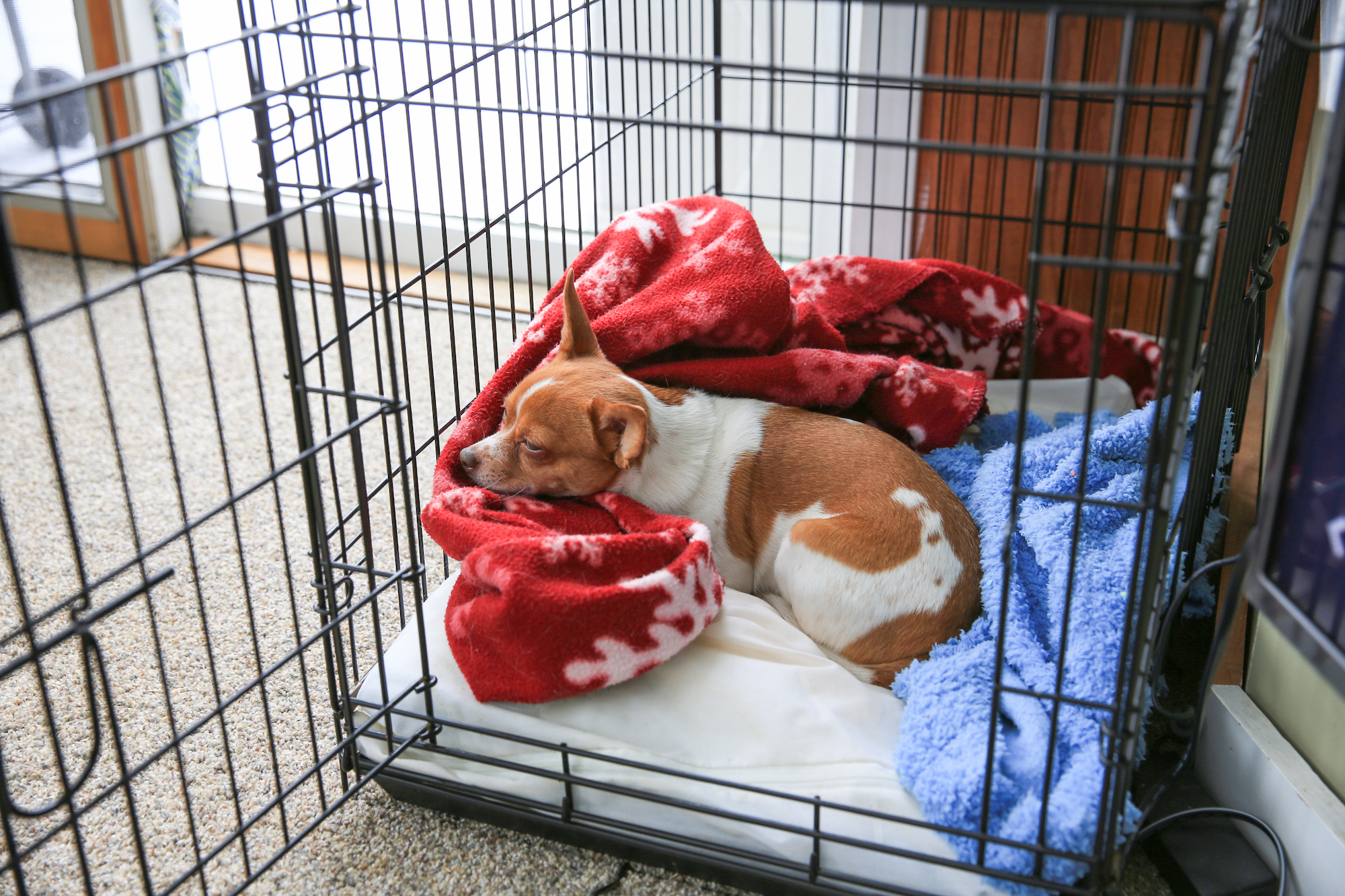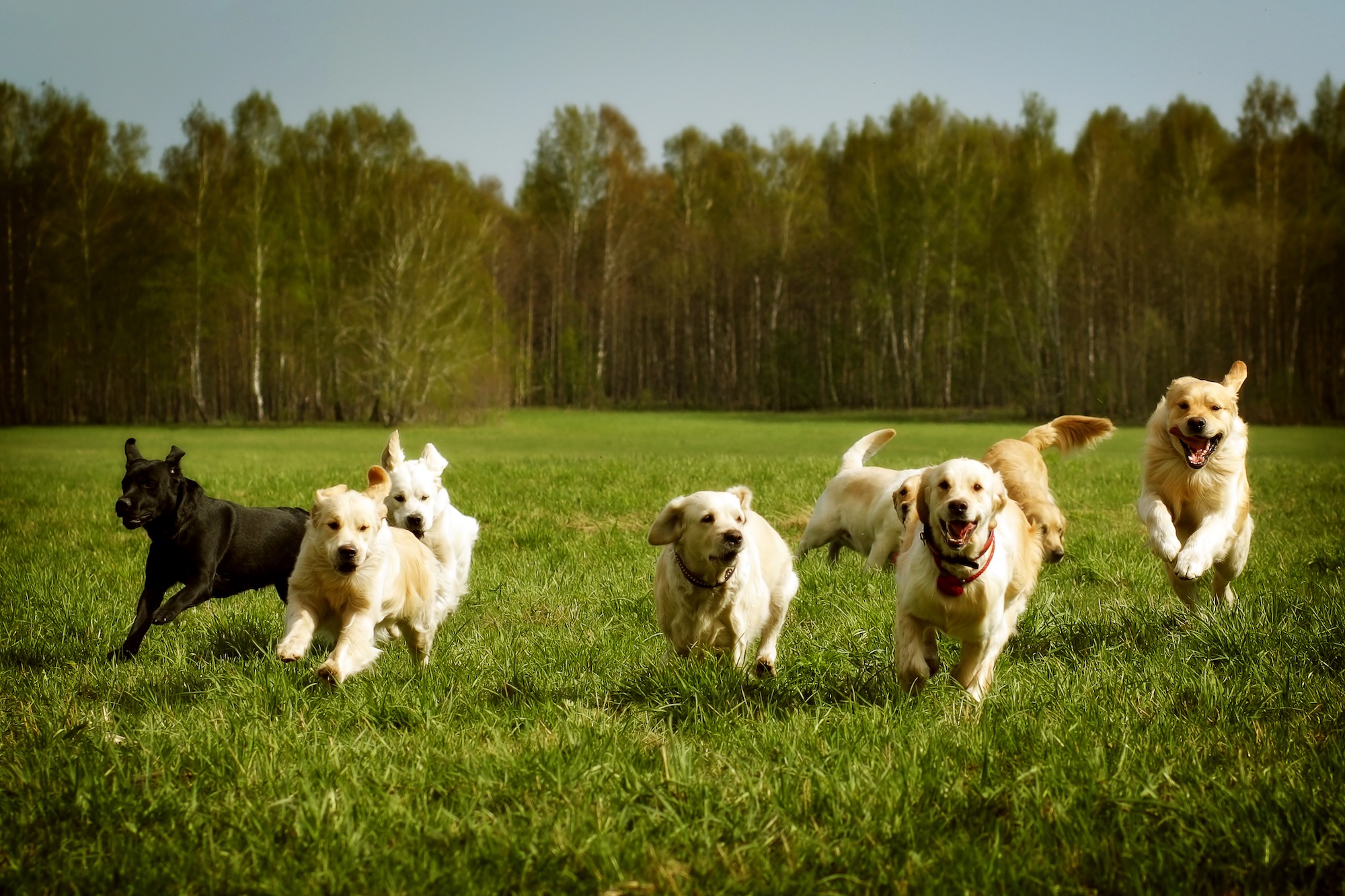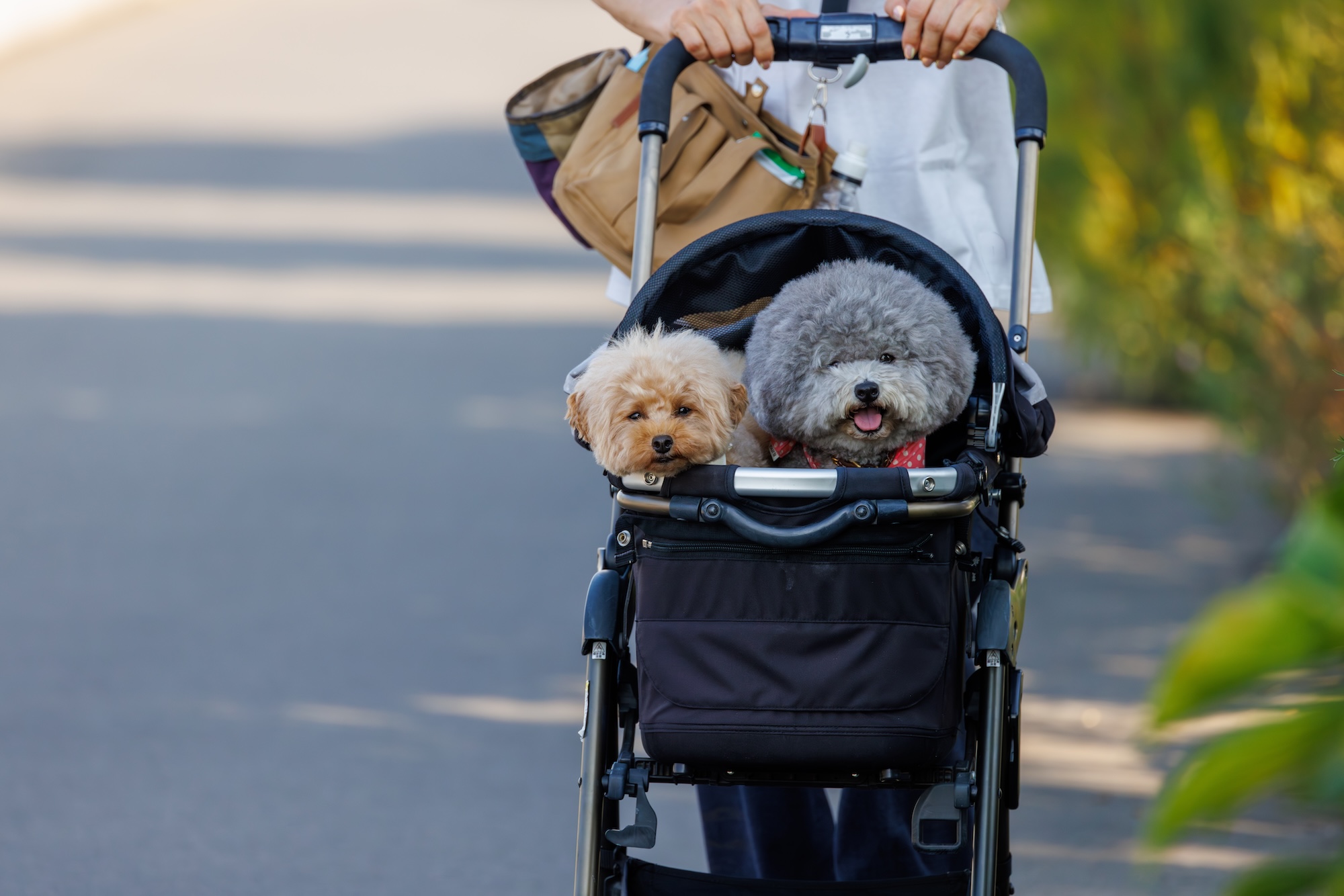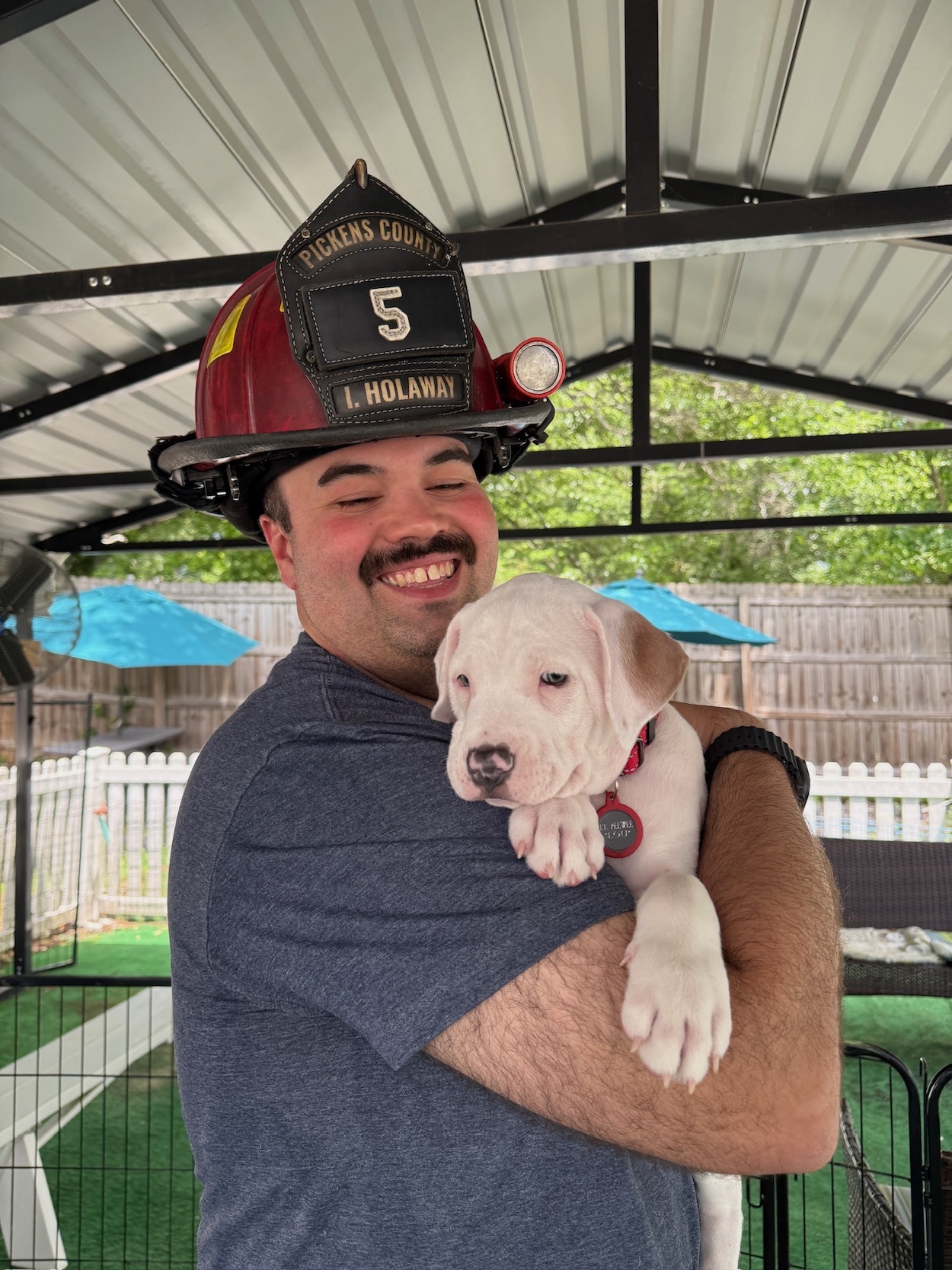There’s a lot of highly specialized, detailed advice out there about caring for a dog—much of it on this very website. If you’re looking for a deep dive about how your dog can live in harmony with a cat, the best pointers we’ve heard for dachshund owners, or a painstaking critique of the dog care on Seinfeld, we’ve got you covered.
But, while looking after any dog isn’t going to be easy, getting the fundamentals right doesn’t have to mean obsessing over every last subtopic.
We’ve spent a lot of time working through the big questions of dog care—speaking to dog owners and the veterinarians and trainers we work with, analyzing the latest scientific studies, and learning from our own canine companions. Based on that experience and expertise we’ve compiled the following list of 10 “difference-makers” that every dog owner should keep in mind. If you start from these 10 simple-but-important principles, you’ll be on the way to giving your dog the happiest, healthiest life possible.
1. Your life is going to change
While dogs are many wonderful things—loyal, joyful, and often funny, to name just a few—they aren’t what you’d call convenient. You don’t just add a dog to your established routine and call it a day. Now that this creature depends on you, you’ll have to be there for them. That means no more staying out all night on the spur of the moment without a backup plan, and no pulling twelve-hour shifts at the office without arranging for someone to visit your dog, walk them, and play with them. The good news is that the change in your life is almost certainly going to be for the better. Pet owners tend to be more satisfied with life than those without companion animals, and dog owners seem to get more of a benefit than those with cats. In exchange for the added responsibility, your life will probably transform in all sorts of amazing ways. Just make sure that you know what you’re signing up for.
2. Your dog should have choices
Certain aspects of your dog’s life can’t be their choice—you’re going to decide what they eat, when they can go out and play, what town they live in, the boundaries to be observed in your house, and more—but you should recognize that they’re still a living being with feelings and preferences. That’s why, as behaviorists like Dr. Zazie Todd emphasize, it goes a long way to give them choices when possible. If your dog isn’t in the mood to play or cuddle, give them space. Don’t force them to socialize with other dogs that they don’t like, or intentionally place them in uncomfortable situations. If they get tired during play or training, let them rest. And if they want some time alone, give it to them.
3. Training never stops
Of course, giving your dog choices doesn’t mean letting them do whatever they want all the time; training is a key part of raising a well-adjusted pet. And training isn’t something that you only do for a few weeks when you first bring your dog home. Just as you hopefully never stop learning as you have new experiences, your dog continues observing their environment and gathering new information long after puppyhood. So even if you put away your chosen reference book and special treats, training is not over.
Dogs are smart, and will learn from you what the rules of your home are and the nature of your relationship. They’ll observe whether their actions get them what they want, and adjust their behavior accordingly. Dogs are pragmatic, and will stop trying something if it stops working, but that means they’ll keep doing what does work for them, even if you don’t think it’s a good idea. Everyone who interacts with your dog should be intentional and dependable in how they treat them.
Be on guard not to create any new fears or anxieties, and to remain consistent about encouraging only behaviors that you find desirable. For example, if you start offering your dog scraps from the table, they’ll start to expect them when you’d rather eat in peace. And continue to teach and reinforce the most useful skills, like recall. Even if you think your pup is solid with a skill, continue testing and using it in more challenging settings. And don’t forget to reward good behaviors—it’s fun for both of you!
Speaking of choices: many trainers emphasize techniques that allow dogs to make choices that result in desired behaviors—like, for example, walking calmly without pulling on a leash. Lessons learned this way—with your dog “deciding” to do the right thing—will stick better. One way of achieving this is to “catch” and reward actions that you find agreeable. You should be conscious of the results your dog sees from their actions. Giving your dog good results when they do what you want—and making sure not to reward bad choices—can help them learn the boundaries and behaviors that make for a good relationship.
4. A crate is a good idea
Some people are hesitant to embrace crate training, and we can understand why they feel that way: you don’t want to lock up your beloved pet or make them lonely. But crates can be a huge help in potty training, a sanctuary where your dog can spend some quiet time alone, and an essential tool in situations where you need to transport your pet. The secret is that the crate should become a pleasant, safe place for them—not a cage that they want to escape. Don’t make the crate a punishment “jail.” Try starting by letting your dog freely enter and exit the crate—stock it with a comfy bed; a cover to make it an inviting, dark den; a favorite toy; and a meal or a tasty chew. In time, you may find that your pal chooses to spend time in the crate on their own and calmly enjoys naps in there. And getting your dog used to spending some relaxed, happy time alone can help stave off separation anxiety.
5. Socialization is key—and not just with other dogs
The more novel stimuli your dog faces in puppyhood, the more likely they are to calmly interact with them as an adult. While part of this is getting playtime with other dogs, that’s not all. Encountering different types of people, appliances, forms of transportation, weather phenomena, settings, and basically anything else you can imagine will help them grow into happy, well-adjusted adults. The critical window for socialization is from three to 16 weeks—so if you have a young puppy, take advantage of the opportunity in front of you. It can make a tremendous difference in your, and your dog’s, quality of life for years to come. And if you already have an adult dog, there are ways to help develop new, more positive associations with triggers for their anxiety. If you have trouble, don’t hesitate to contact a qualified trainer.
6. Your dog needs lots of exercise
Perhaps you know exactly how much exercise your little buddy requires, or maybe you even take it too far. But a lot of dog owners underestimate how much activity their dogs need, both physically and mentally. Many trainers emphasize that last part—mental exercise can be as effective at draining energy and satisfying your dog as physical exercise.
Your dog depends on you for all of their stimulation, so consider how bored and antsy you might get if you spent hours a day doing nothing. Long walks, training, organized activities like agility, and mental challenges like food puzzles can help keep your dog healthy, happy, and tired. Let your dog’s age and body condition inform how intense their exercise sessions are—especially for older dogs, a long, slow walk can be the best bet.
7. It’s best to be proactive about veterinary care
As it is for human beings, preventative care is a vital part of keeping dogs healthy. Whether you bring home a puppy or an adult dog, make sure to make regular vet visits, keep up with vaccinations, and communicate with your veterinarian so that not every trip to the office has to be a crisis. If you know your dog’s breed, watch out for medical conditions to which they may be predisposed and do what you can to protect them, whether that means paying extra attention to their joints or letting them take it easy on hot days. This also goes for economic considerations—pet health insurance can be a good investment, and one way or another you should have enough money saved up for unexpected medical expenses. If you’re facing a major health challenge with your dog, you don’t want your budget to be a compounding factor.
8. You have to brush your dog’s teeth
Every day, ideally. And make sure they get dental exams, too. Over 80% of dogs suffer from dental disease by the time they hit three years old. If they become serious, tooth problems can have a wider impact on a dog’s health—potentially causing infections and problems with organs like the liver, kidneys, and heart. Brushing daily with a toothpaste made for dogs, having the vet check their teeth, and watching vigilantly for warning signs like tartar and bad breath can save you and your dog a lot of trouble down the road. Watch our video demo of how to get started with brushing here.
9. Keep your dog at a lean, healthy weight
Maintaining a healthy weight and lean body condition is one of the most accessible and impactful ways you can look out for your dog’s long-term well-being. Over half of American dogs are overweight or obese, and those extra pounds are more than an aesthetic issue. Obese dogs face an increased risk of ailments like cancer, arthritis, kidney disease, thyroid issues, diabetes, and more. Just because your dog looks okay to you doesn’t necessarily mean they’re at an ideal weight. To check, watch our video on measuring your dog’s body condition. Once you have a handle on where your pal stands, do what you can to help them reach and maintain a healthy weight. Doing so can give them a better quality of life, and a longer one—a 2018 study in the Journal of Veterinary Internal Medicine estimated that the overweight dogs they studied lived up to 2.5 fewer years than those at a healthy weight.
While exercise is an important part of keeping your dog in good shape, diet is key. That means feeding your dog the right amount—something that you most likely won’t be able to determine based only on the rough estimates on most dog-food packages. Fresh food that’s pre-portioned based on your dog’s individual needs can make this easier.
10. Your dog needs good, real, food
Speaking of food: it’s one of the most important, yet easiest to overlook, facets of dog care. Some companies want you to think that anything labeled “dog food,” with photos of happy pups and pretty ingredients on the package, will be good for your best friend. Unfortunately, what’s inside most of those packages is a heavily processed, dried food product that’s anything but healthy.
Most kibble is made using multiple rounds of high heat processing, proven to significantly reduce whatever nutritional value may have been present in the ingredients. That high-heat process has also been shown to produce carcinogens like acrylamide. Feeding a fresh, nutritionally balanced diet is a big step toward keeping your dog healthy and happy. Good nutrition in the form of real meat and vegetables has a massive impact on every area of your dog’s health, from immunity and strong joints to a balanced mood. Whether it’s commercially available, real, human-grade food or home-cooked meals—as long as they’re complete and balanced for your dog’s needs—a fresh diet can make a big difference.
